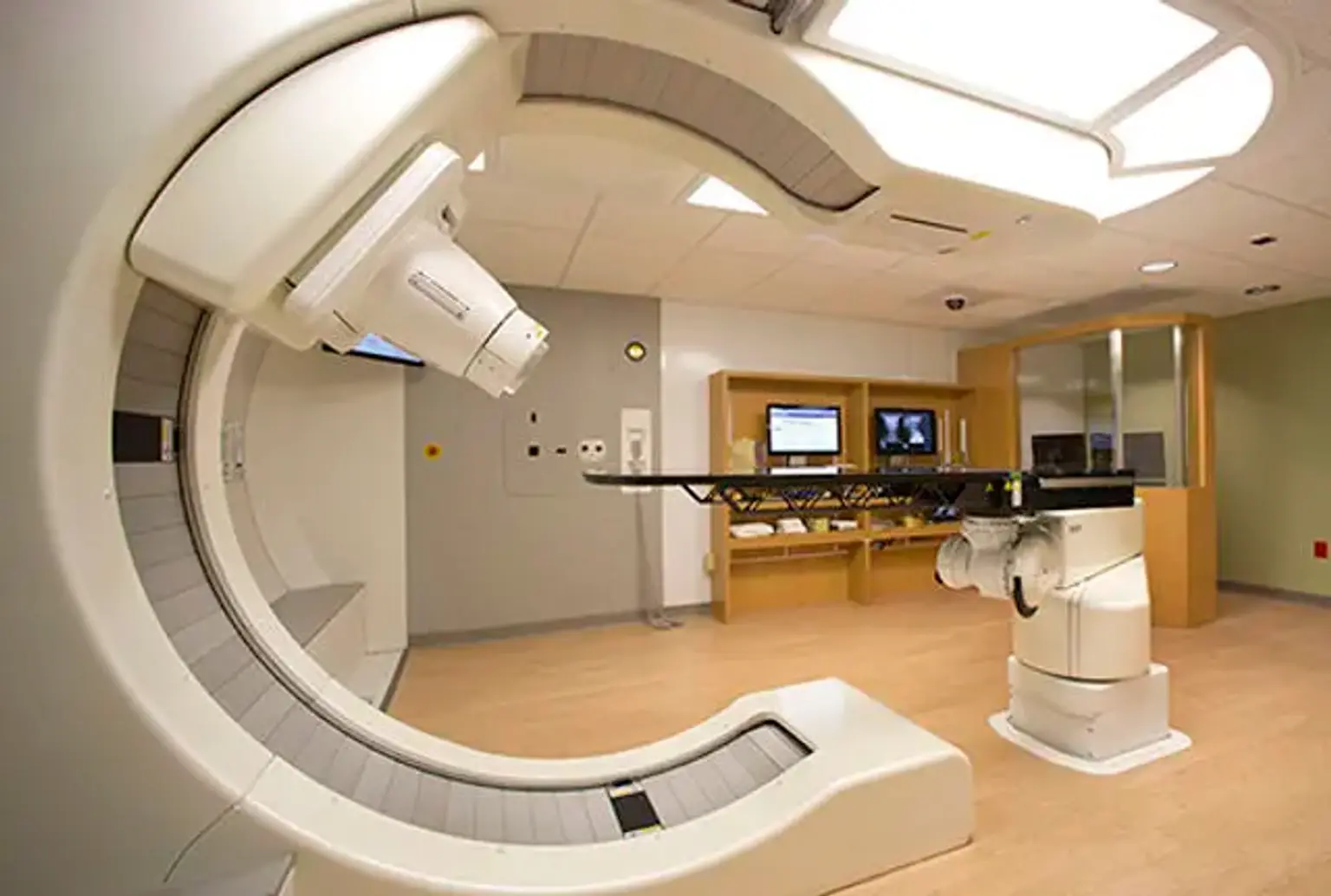Proton Therapy
Proton therapy, also known as proton beam therapy, is a type of radiation therapy. It precisely directs proton beams on the cancerous cells. It can convey a greater dose to a particular location with minimal effect on nearby tissues. Hence, proton therapy is safer safe, and much effective, unlike conventional radiotherapy.
A radiologist administers radiation therapy to cancer patients using a high-energy beam of protons rather than high-energy x-rays. Generally, proton therapy is an advanced radiation therapy currently available. It kills the cancerous cells while causing less damage to healthy tissue, unlike traditional radiation. Furthermore, it’s not painful and is non-invasive.
